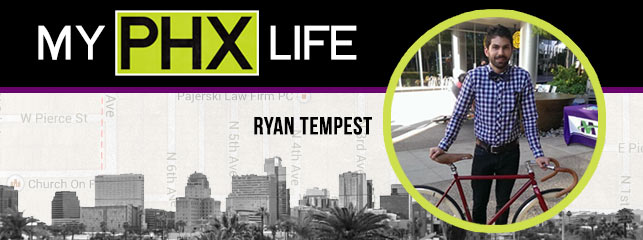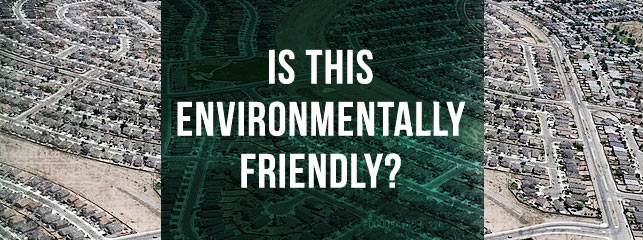22
Apr
Urban City Review: Austin, TX
Last month Quinn and I decided to venture over to Austin, Texas to see just what all the hype was about. Austin was ranked the fastest growing city three years in a row by Forbes, starting in 2011. So what is it about this liberal city that is attracting so many people? Well, quite a bit actually. Browse through the photo slideshow above and read on for my experience in Austin.
10:29 /
Urban Lifestyle & Culture







